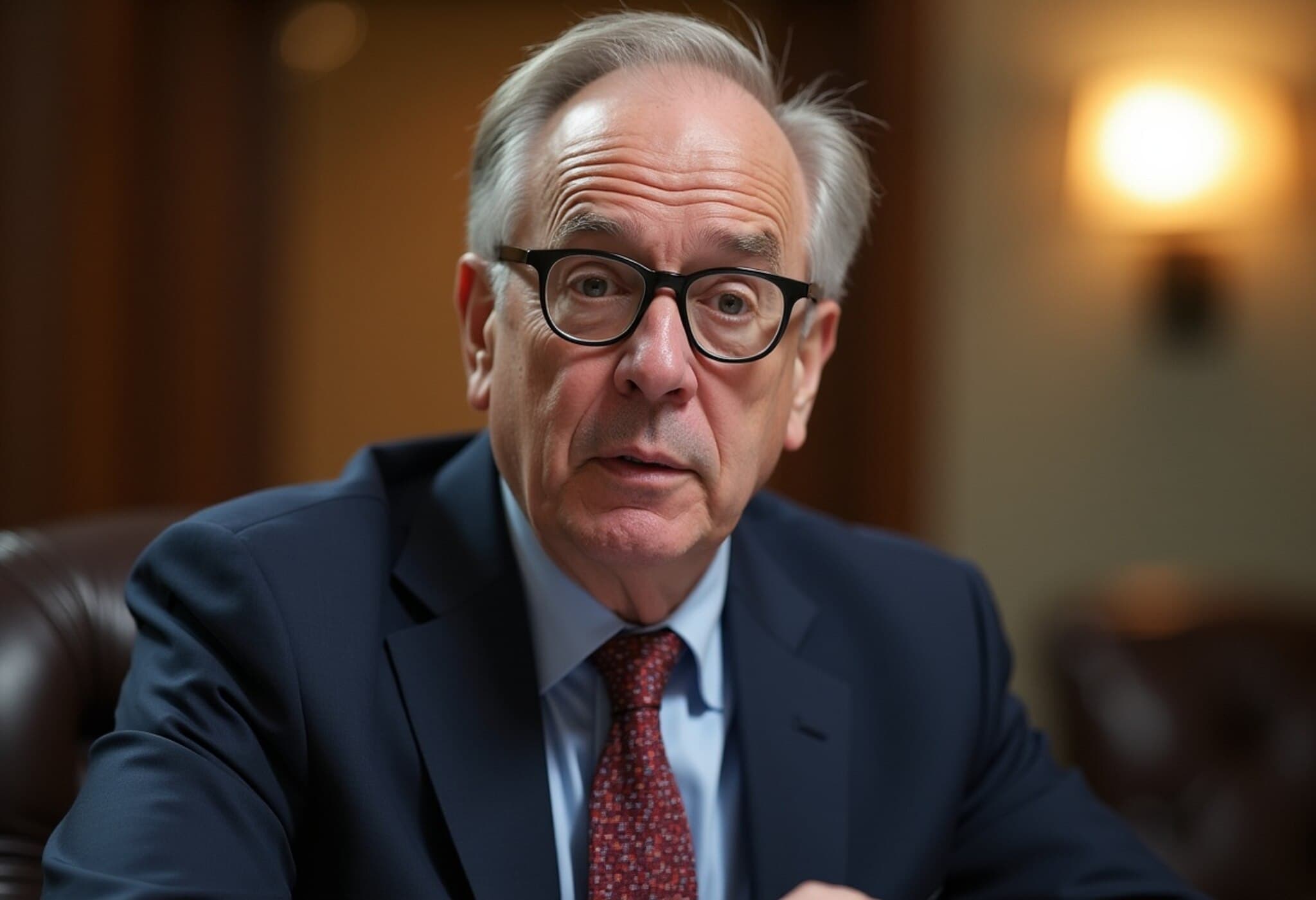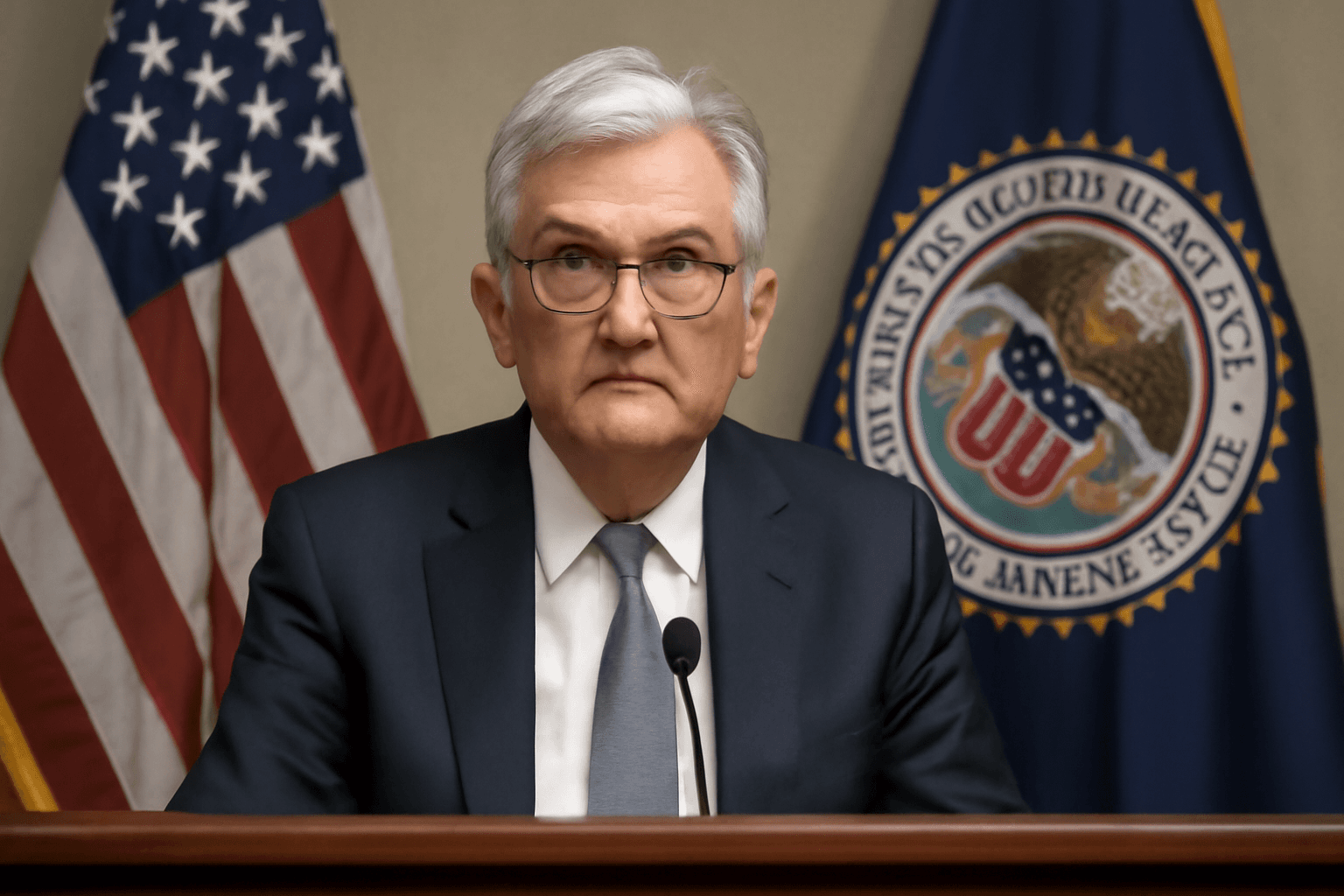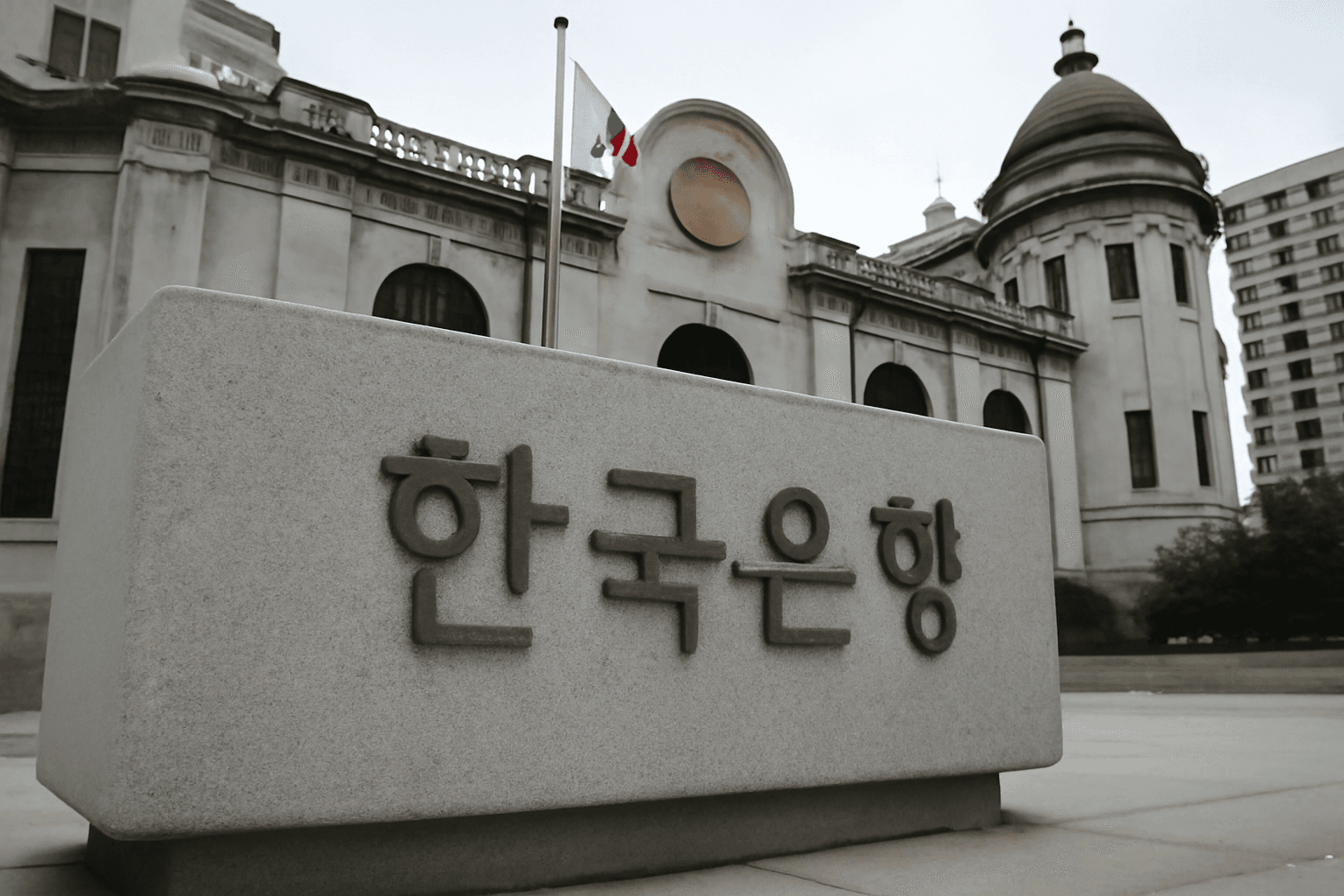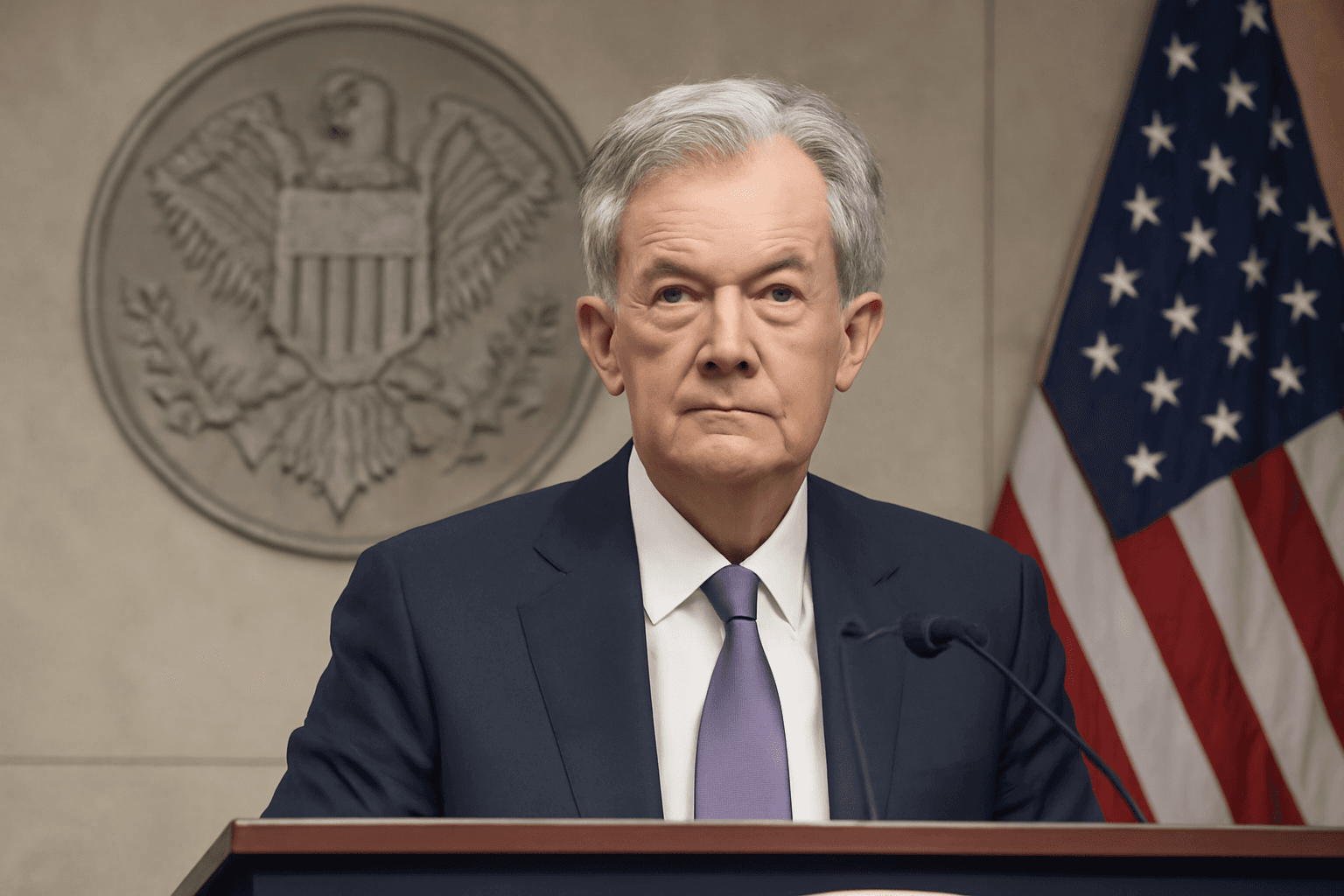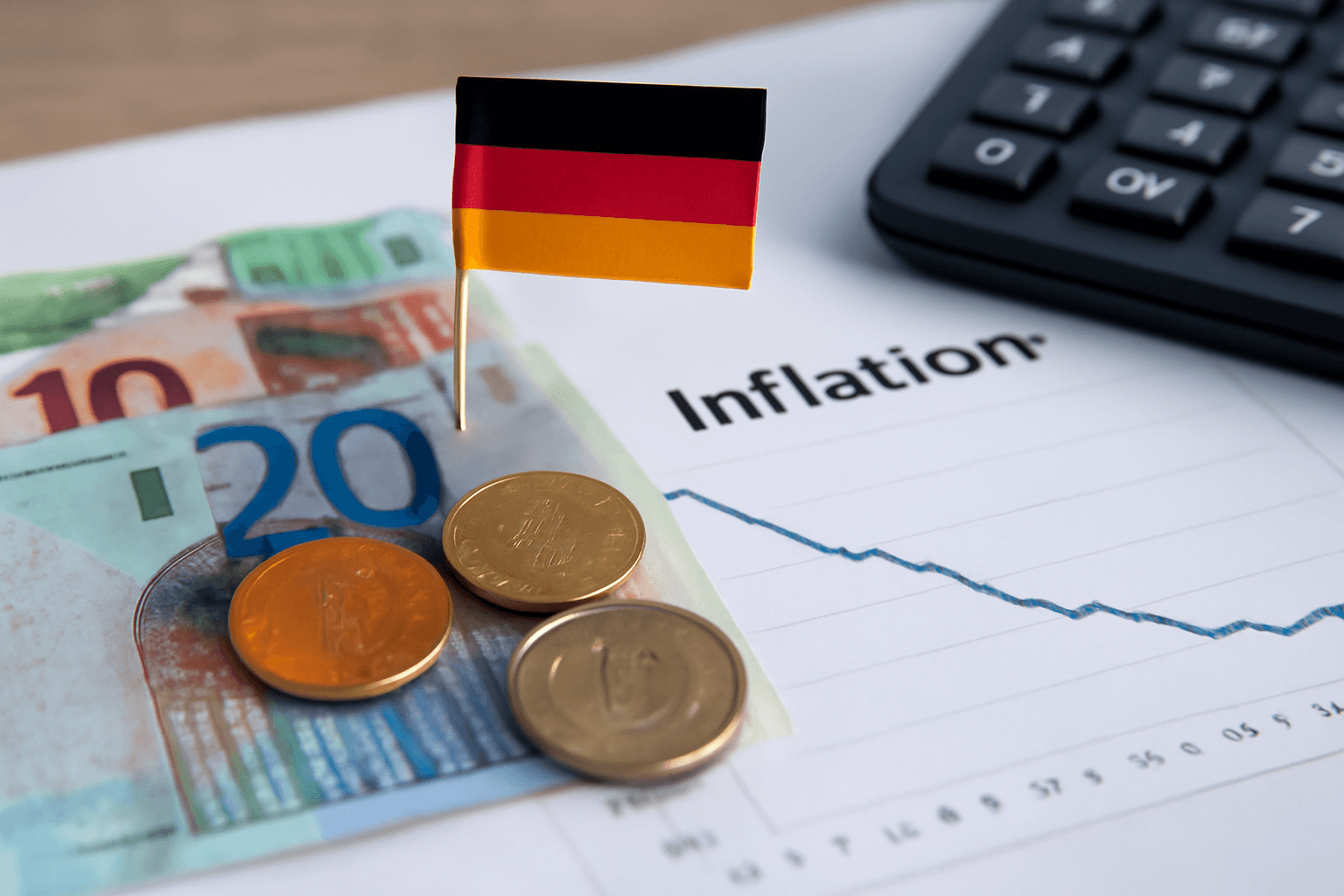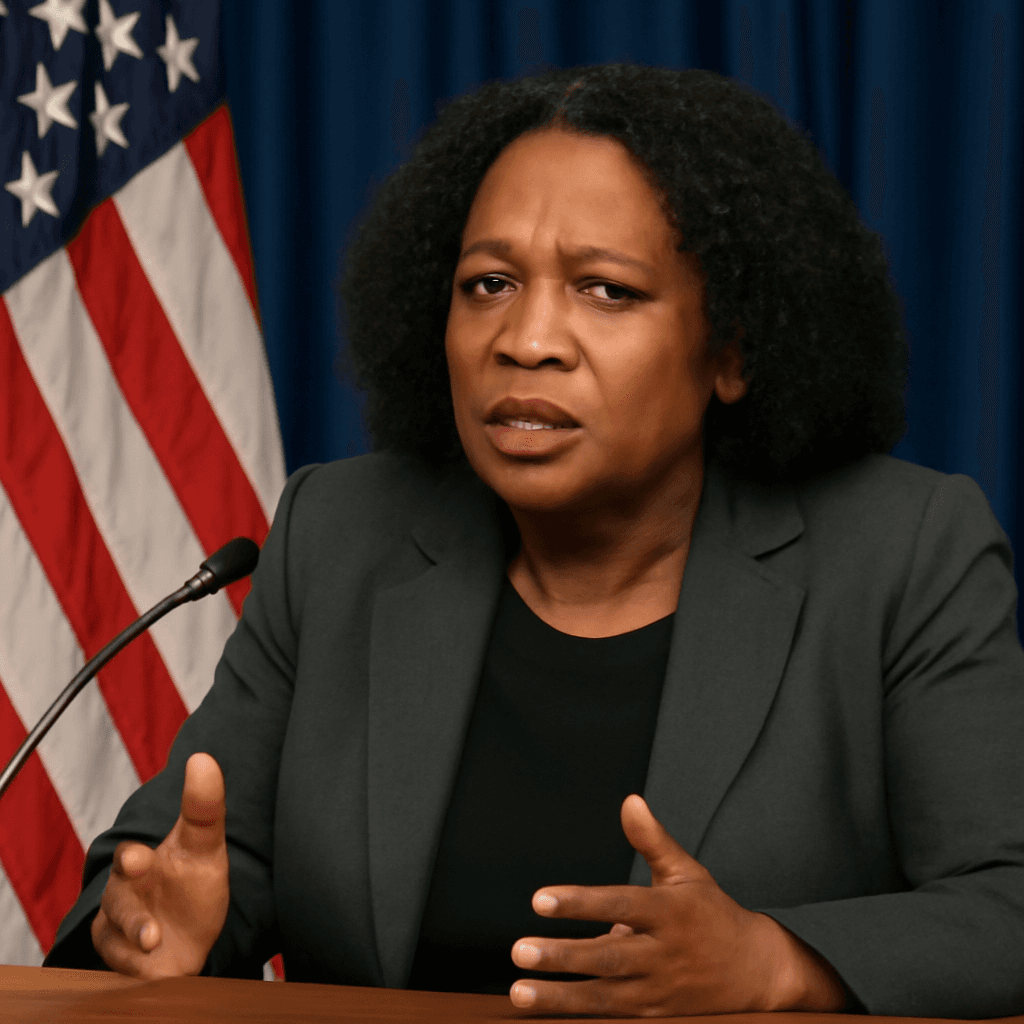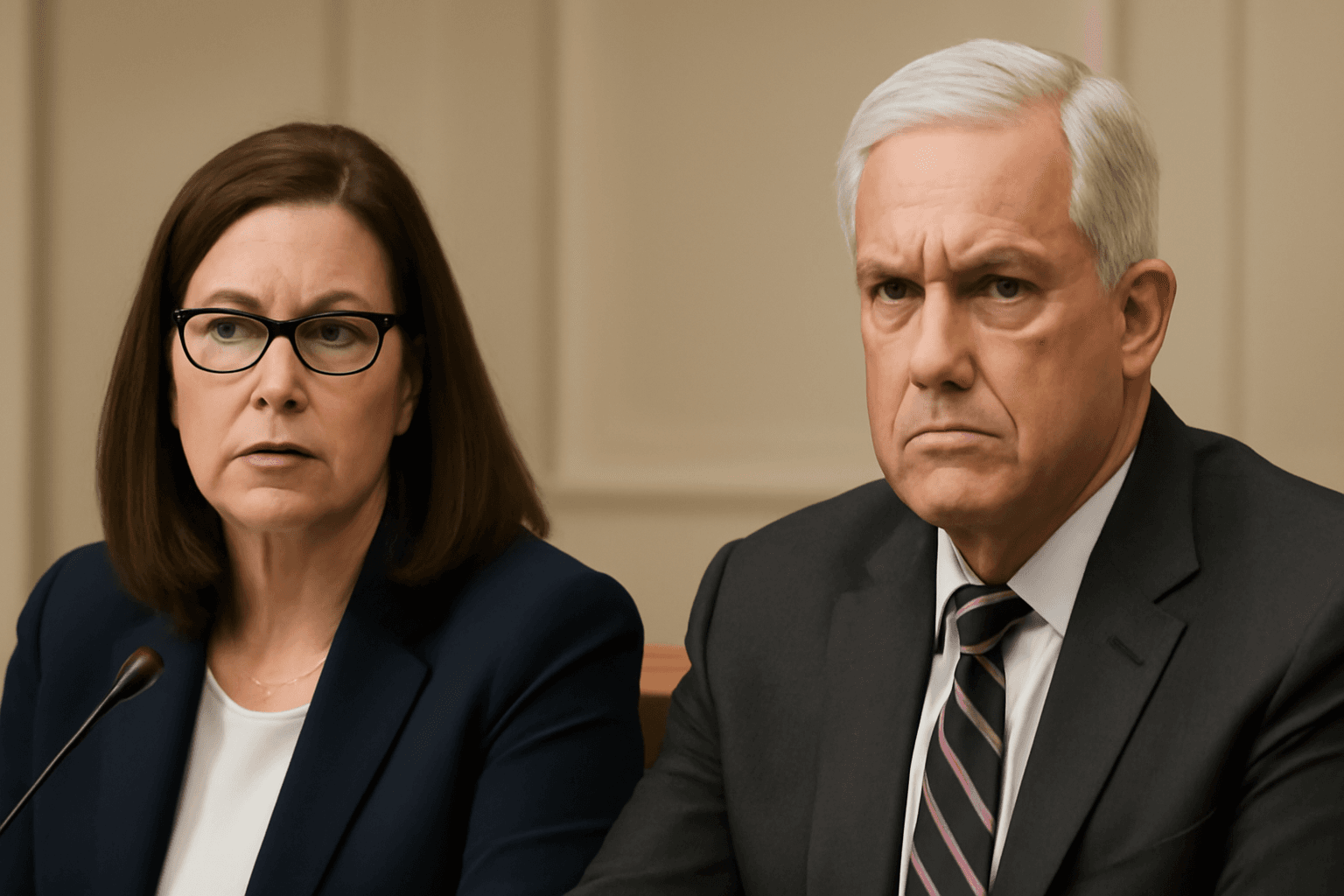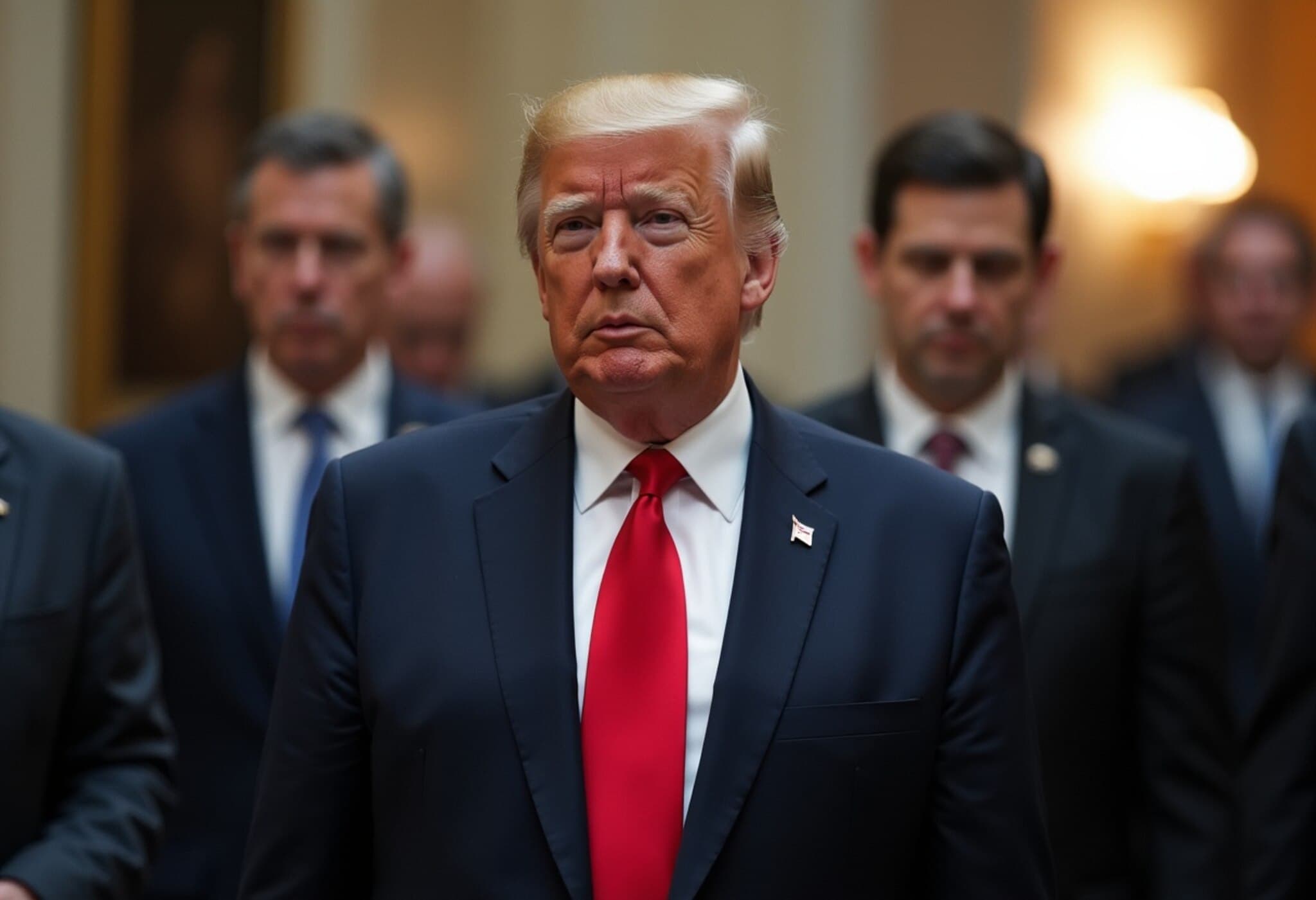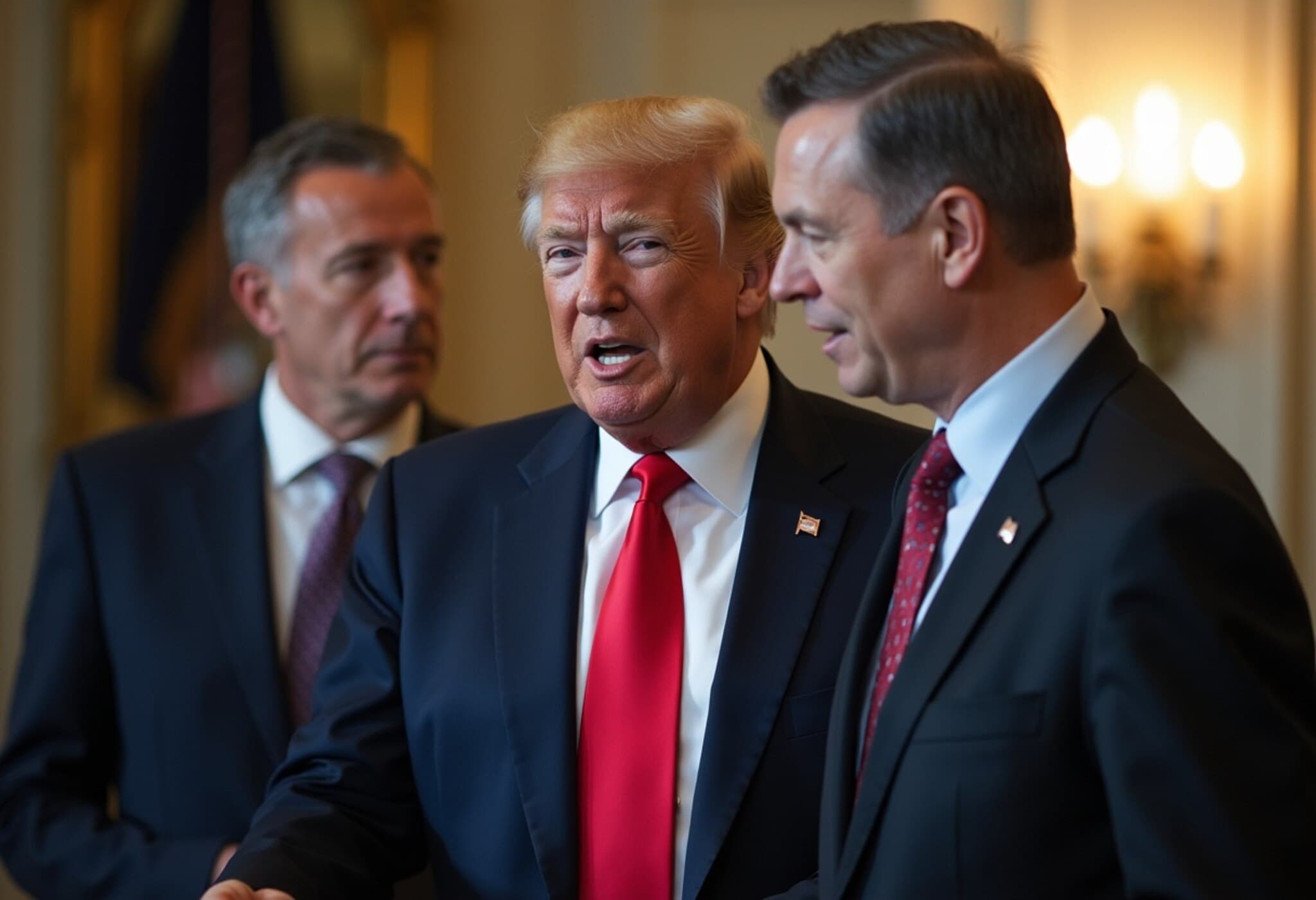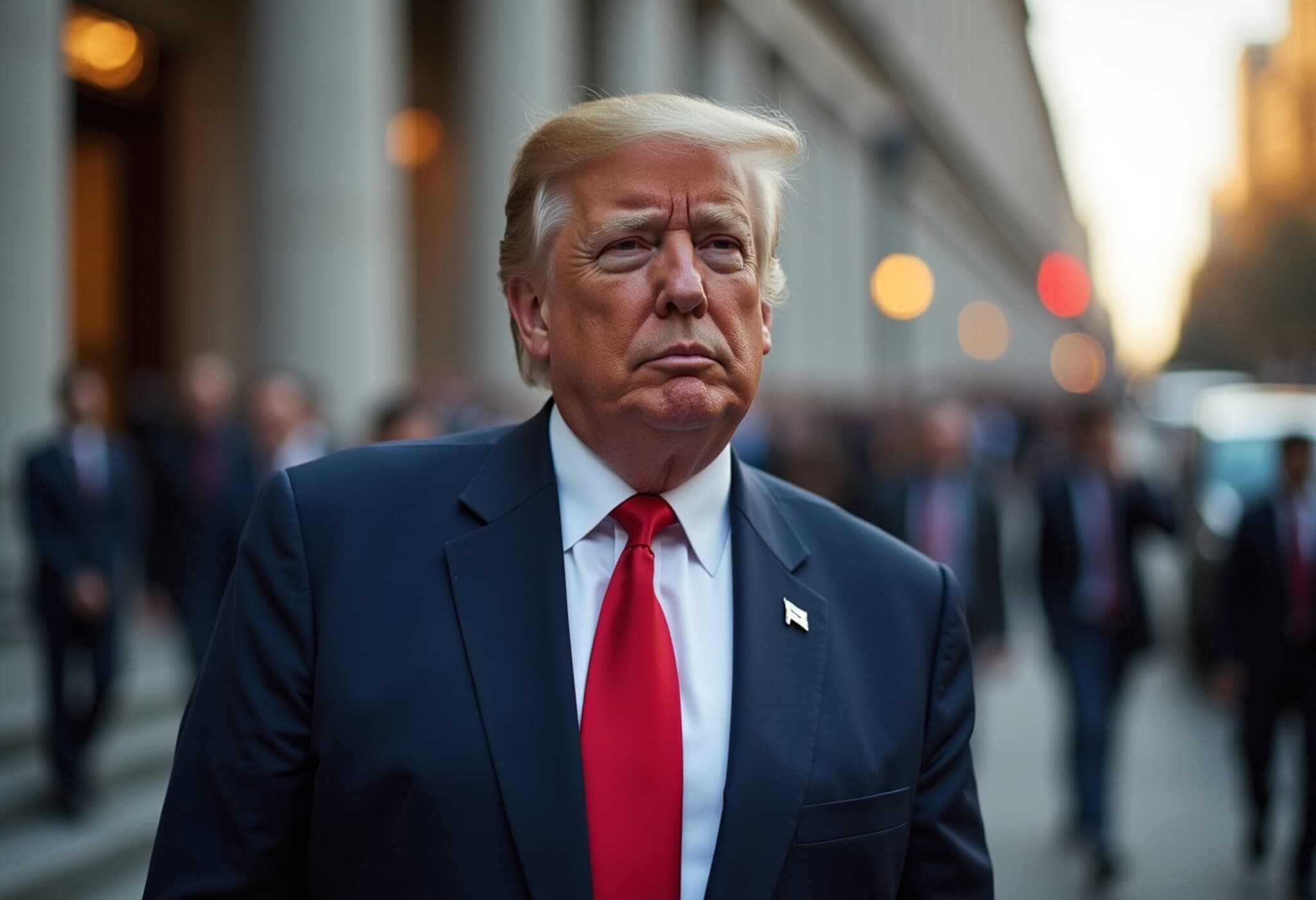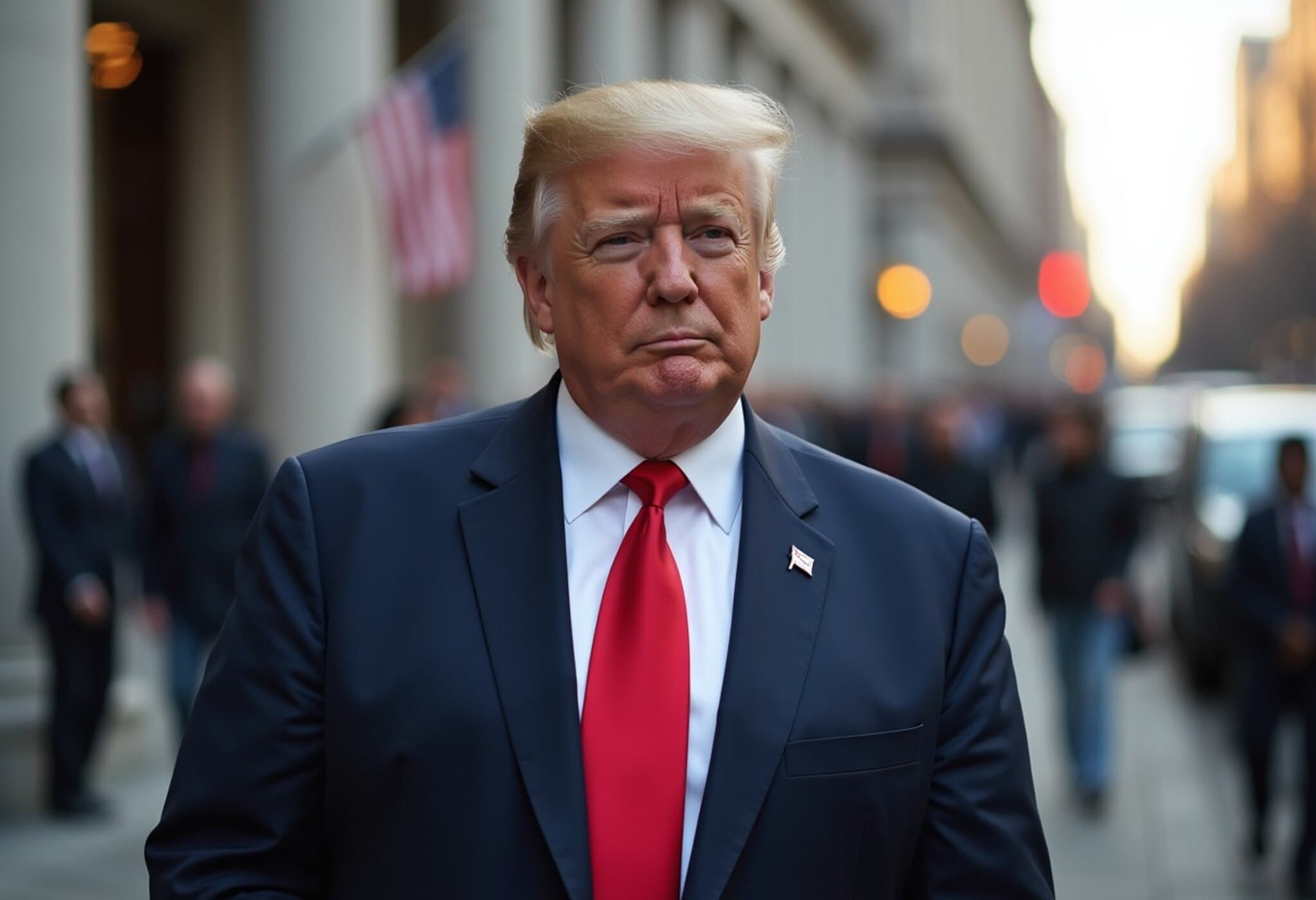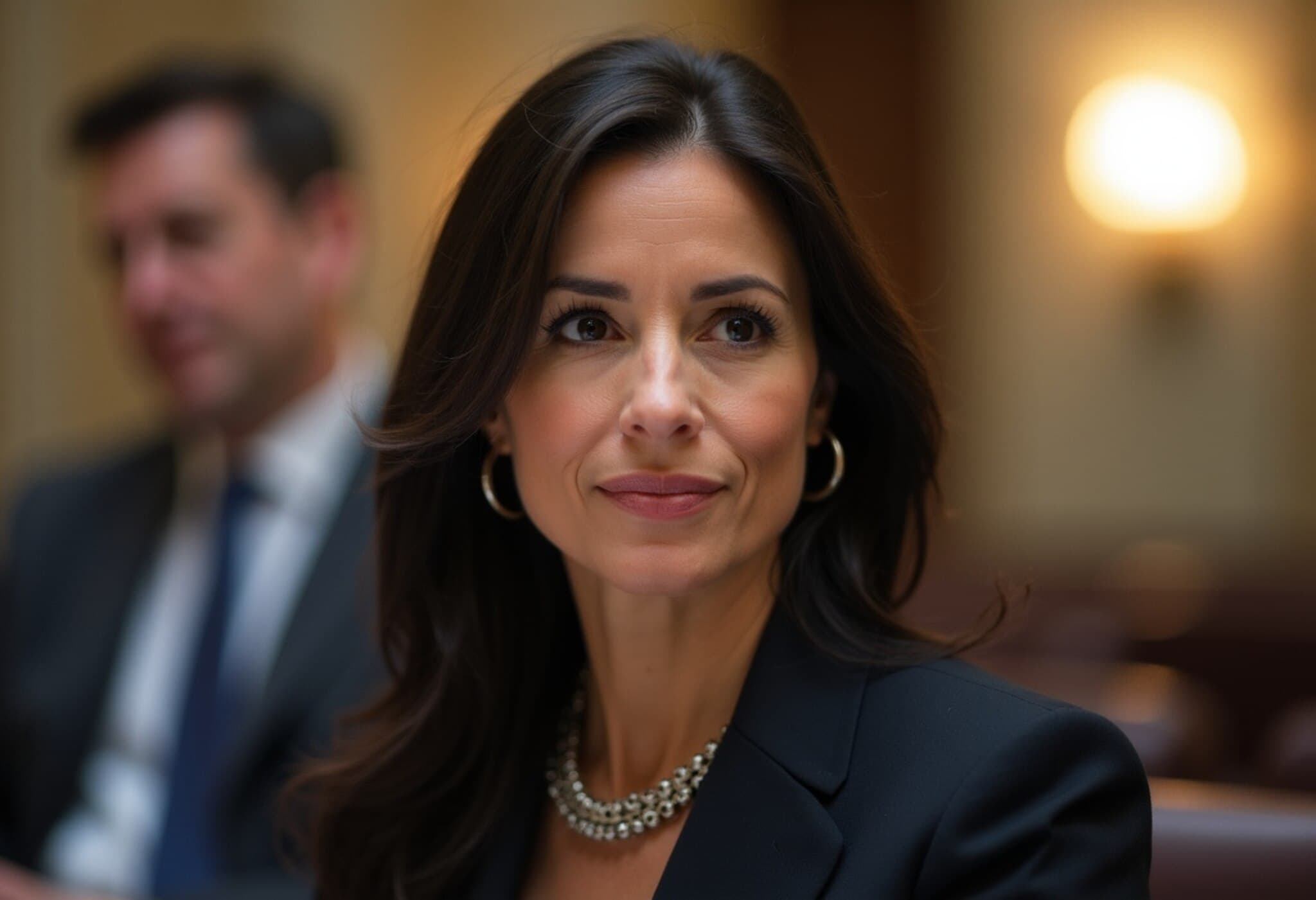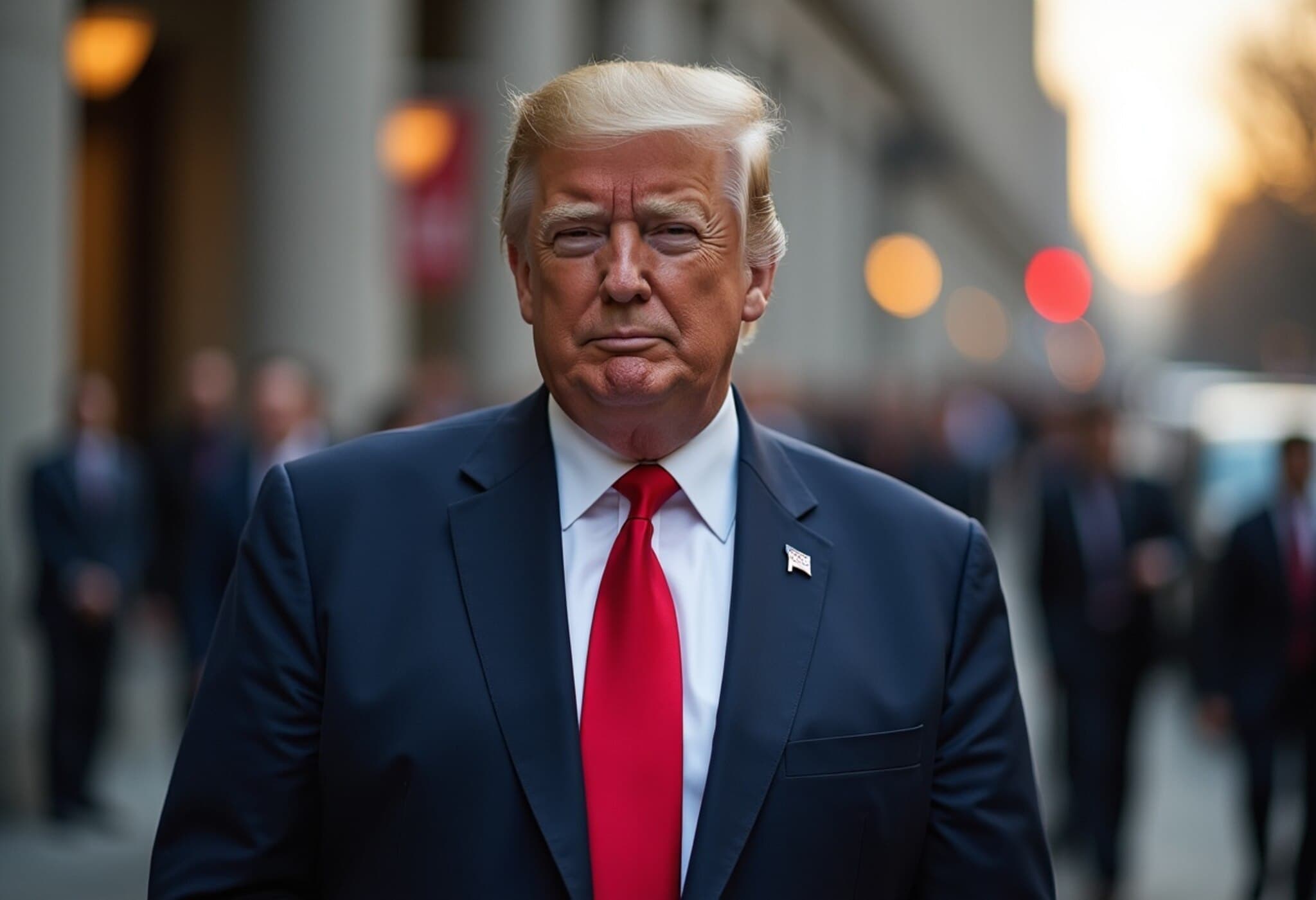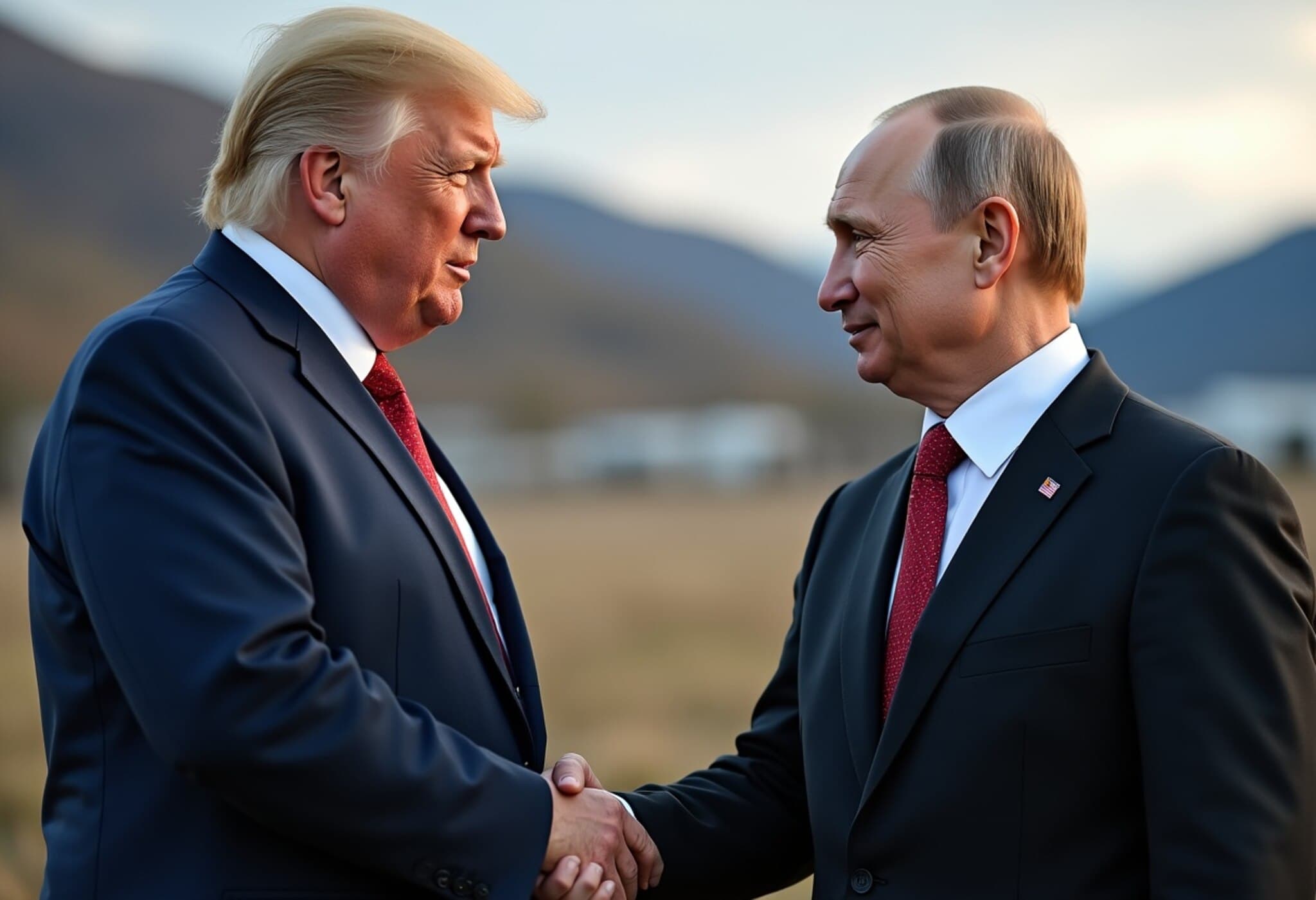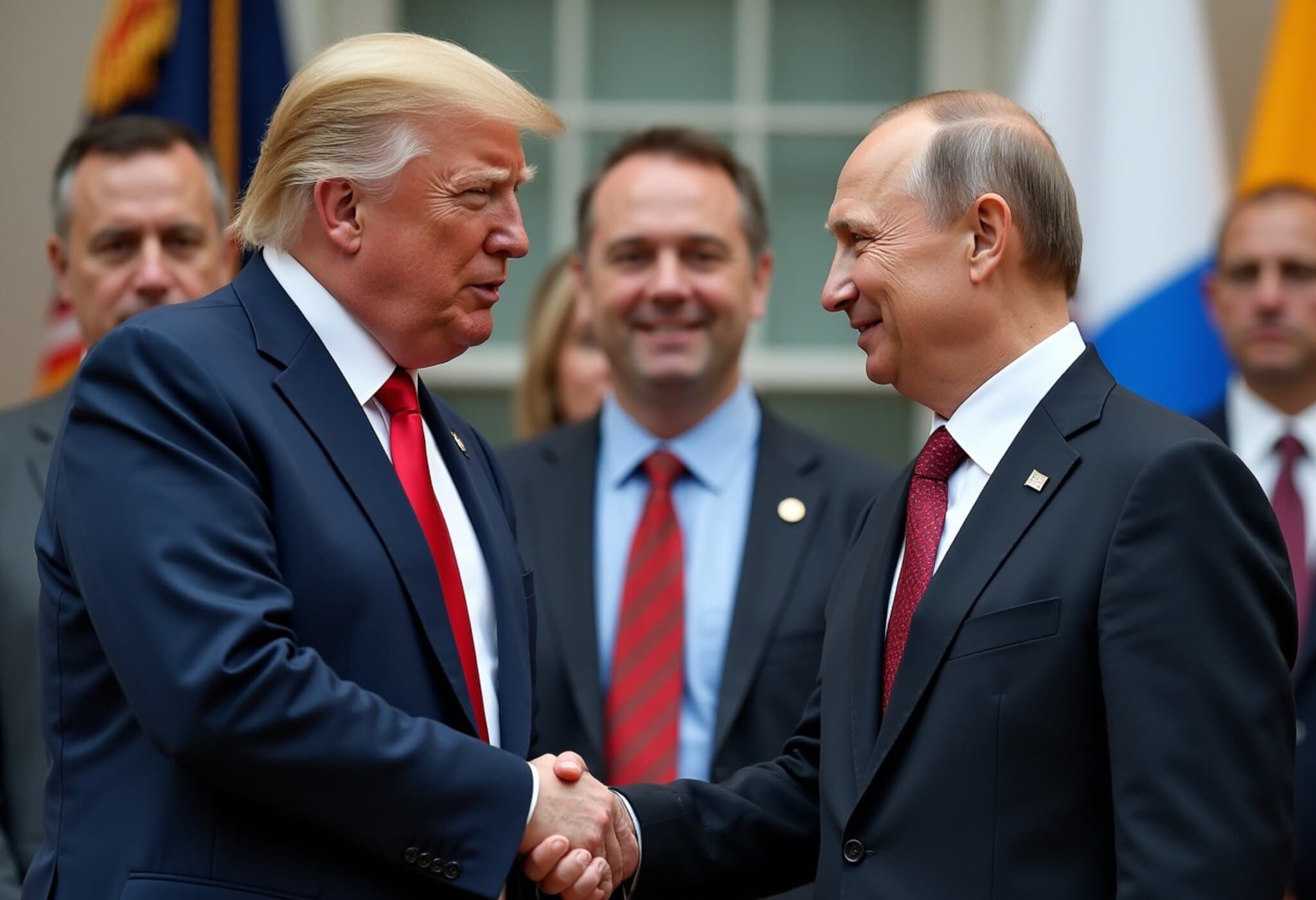Fed's Goolsbee Expresses Caution Over Rate Cuts Amid Mixed Inflation Signals
Chicago Federal Reserve President Austan Goolsbee voiced a note of caution this Friday, highlighting the complexity of recent inflation data and ongoing tariff uncertainties as reasons for hesitating before advocating interest rate reductions. Speaking in a CNBC interview, Goolsbee, one of the twelve Federal Open Market Committee (FOMC) voters in 2025, underscored his desire for clearer economic indicators ahead of the FOMC meeting slated for September 16-17.
Balancing Inflation, Labor Market, and Tariff Pressures
Previously, Goolsbee has championed a so-called “golden path” strategy — a balance where inflation gradually moderates without destabilizing the labor market, ultimately paving the way for lower benchmark interest rates. However, the mixed bag of recent consumer and producer price reports has injected uncertainty.
"We've got to get some clarity from the numbers," Goolsbee remarked, emphasizing that the latest inflation reports have introduced a ‘note of unease’ into the outlook. In particular, rising prices within the services sector—areas less likely to see immediate drops—have prompted caution.
Recent Inflation Data Paints a Conflicted Picture
- The July consumer price index (CPI) generally aligned with market expectations, but the core CPI, which strips out volatile food and energy prices, edged higher to 3.1%, slightly above forecasts.
- The producer price index (PPI), reflecting wholesale costs, surprised analysts with a sharp 0.9% monthly increase, the largest spike in approximately three years.
These figures have reignited debate about the lingering impact of import tariffs on inflation. Many economists suspect President Donald Trump's earlier imposed duties are beginning to surface in inflation statistics and may continue to exert upward pressure in coming months.
Weighing Potential Fed Moves: Patience Vs. Market Expectations
Despite mixed signals, financial markets currently price in almost a guaranteed federal funds rate cut of a quarter-point in September—from the prevailing 5.25% down to 5.00%. Yet, uncertainty clouds the trajectory beyond that, with only about a 55% chance of a further rate reduction in October and less than a 50% likelihood of another cut in December.
Goolsbee reiterated a data-driven approach: “If inflation reports continue to resemble recent readings, we could feel comfortable that inflation is retreating toward the Fed’s goals and the economy remains robust. In that environment, reducing rates to their neutral or steady-state level would be prudent.” In contrast, if inflationary pressures—especially from tariffs and services inflation—persist or intensify, the Fed may choose to maintain or even raise rates to preserve economic stability.
Expert Insight: The Economic Tightrope
From a policy perspective, Goolsbee’s stance echoes a broader Federal Reserve dilemma—balancing the risk of prematurely easing monetary policy against the potential harm of overtightening. The current inflation trajectory, complicated by tariff-induced cost pressures and evolving labor market dynamics, calls for nuanced judgment rather than preemptive moves.
Additionally, the Fed faces the challenge of interpreting inflation trends in the context of underlying economic strength. Persistent services inflation can reflect wages and operational costs rising — factors closely tied to labor market health and productivity. That sets up a delicate tightrope walk between sustaining growth and preventing inflation from becoming entrenched.
Underreported Angle: Tariffs as a Stagflation Catalyst
Austin Goolsbee remarked on tariffs having a heavy stagflationary component — a scenario marked by sluggish growth coupled with mounting inflation. This subtle but critical dynamic remains under-discussed compared to headline CPI figures but could significantly influence both policy and public economic experience moving forward.
Looking Ahead: What to Watch Before September
- Upcoming inflation reports: Observing subsequent CPI and PPI releases will be vital to discern if upward trends in core inflation and services prices persist.
- Tariff impact evaluations: Tracking import price data and supply chain disruptions may clarify the tariff influence on inflation.
- Labor market trends: Wage growth and employment rates will provide context for inflation’s sustainability.
- Market reaction and Fed communications: Forward guidance from the Federal Reserve and market expectations will shape financial conditions and policy credibility.
Editor’s Note
Fed President Austan Goolsbee’s measured approach underscores the ongoing challenges the central bank faces in an era of uncertain inflation signals and geopolitical factors like tariffs. As September’s FOMC meeting draws near, investors and policymakers alike must grapple with the tricky balance between fostering growth and containing inflation. The evolving interplay of wage pressures, tariff effects, and service sector inflation raises important questions about how central banking will adapt in a complex global landscape.
Will the Fed find its 'golden path,' or will unexpected economic currents force a dramatic policy shift? Monitoring data in the coming weeks will be key to decoding the future of US interest rates and economic health.

